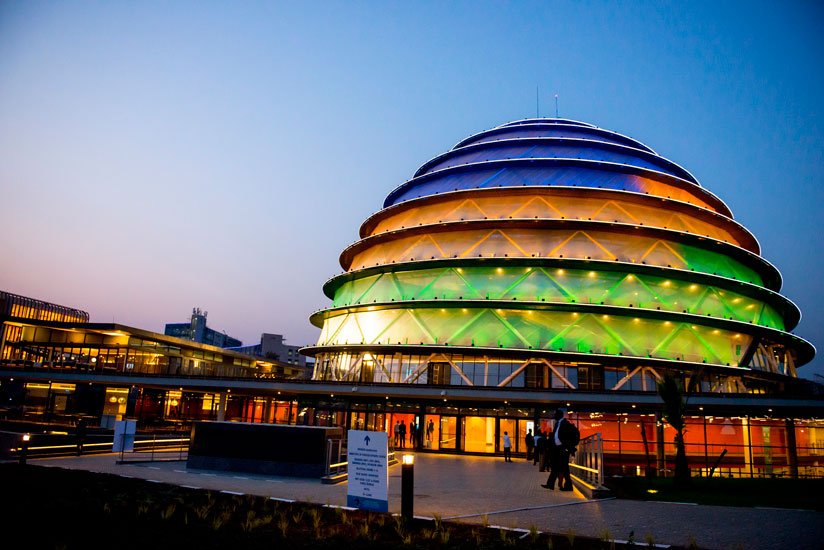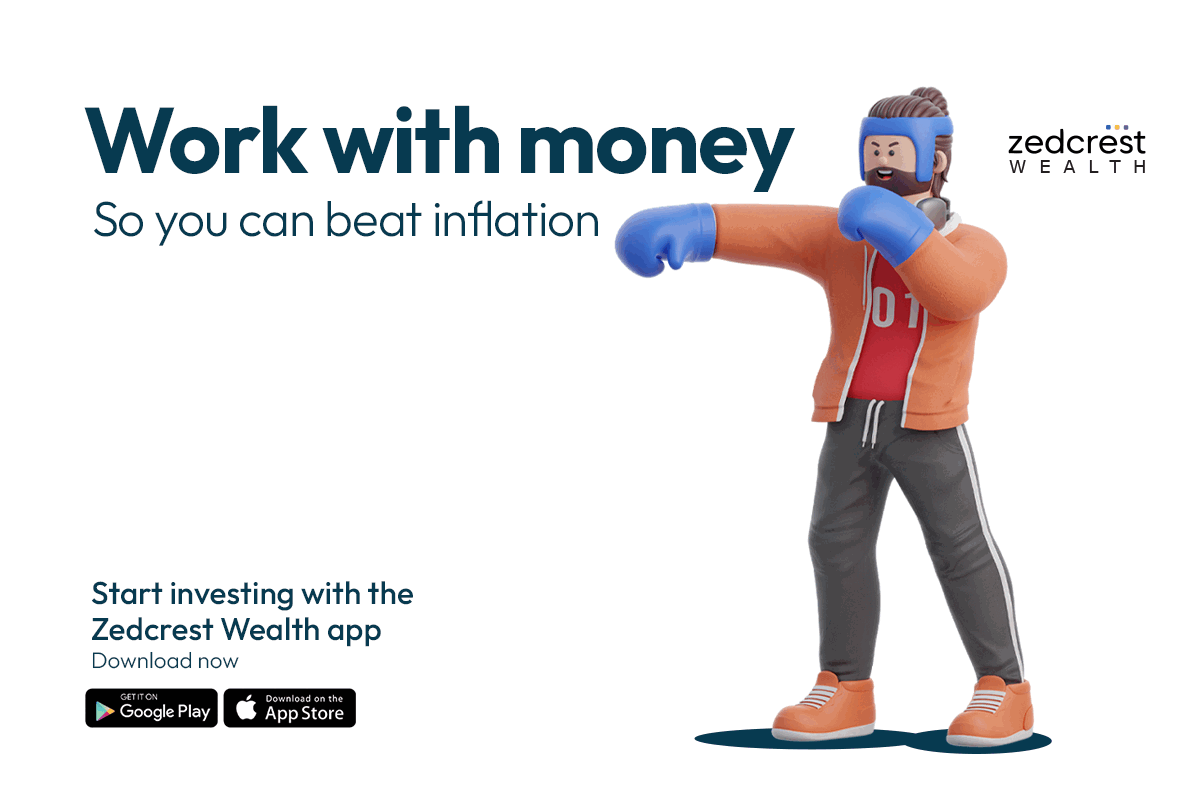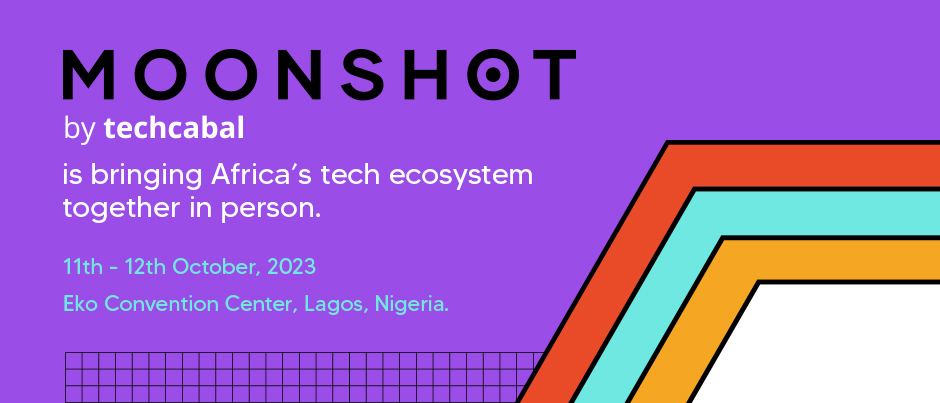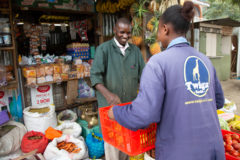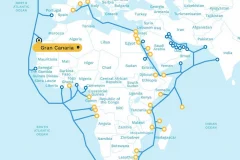
First published 23 July 2023
It is Africa’s most ambitious ecosystem and country. A place I am optimistic about and invested in. Here’s how it can win for itself.
This is the first of a series of ecosystem reviews, where I will attempt to pull at the threads of what often goes unspoken as African countries cultivate unique identities around technology, innovation and impact. Our first stop is my host for the past 7 weeks, the fledgling technology and innovation space in the Republic of Rwanda.
Every place has two important features. The first is what the place has going for it. The second is what it does not have going for it. Some of what a place lacks is permanent—the lack of geologic resources for example. Other forms of lack or disadvantages can sometimes be moderated if not fixed outright.
It is easy to fixate on the disadvantages that cannot be fixed—like Rwanda’s apparent lack of significant natural resource commodities, or that it is landlocked. But that is in my opinion, a nearsighted position—especially in Africa where more resourced economies are consistently dismal performers. What is more important is focusing on the disadvantages that can be moderated or outright eliminated.
As an urban space, Kigali (especially infrastructure-wise) is ahead of most sub-Saharan countries. But as the corporate centre of the Rwandan economy and seedbed of a newborn technology ecosystem, it is playing catch up with the continental leaders—Lagos, Cape Town, Nairobi, Cairo, Accra, Dakar, Casablanca, Tunis and even Abidjan. The extent to which it succeeds may depend on how fast it can recalibrate the deep but flawed mix of NGOism, social enterprise and government support that characterises it while catalysing free-spirited entrepreneurship.
Today’s review is structured on three pillars.
- What Kigali’s ecosystem has going for it.
- What it does not have going for it that can be fixed.
- And suggestions for where to start.
Fuel for the ambition
As I said in the first paragraph, the technology ecosystem in Kigali is both playing catch-up and only in its infancy. Generally speaking, Africa’s technology ecosystem is still quite young. Depending on when you start counting, it is barely a teenager. Fledgling ecosystems are a tight bundle of energy, speed and conflict. Lagos has this undeniable energy. So does Nairobi, Cape Town, Cairo, Shenzhen, San Francisco, London or anywhere else you can think of. Wherever innovation manages to find a footing, it typically also generates and sustains this steamrolling bundle of entrepreneurial energy. It is the fuel for innovation ambition.
The key difference between Kigali and any of the places I mentioned above is where the ecosystem energy and ambition are concentrated. For Kigali’s technology ecosystem, non-profit-funded entrepreneur support organisations and the programmes they back and run are the locus of innovation while government support agencies like the Rwanda Development Board are the locus of entrepreneurial ambition.
Partner Content:
Consensys rebrands and launches a hackathon for builders
This is not ideal and is an inversion of how an ecosystem should operate. But it is also one of the biggest things Kigali’s ecosystem has going for it. An unmatched level of directed support from the state. However, because there is an over-concentration of innovation-searching energy at the state level, the government has become a source of ambition for the ecosystem. And a lot of this energy is channeled through ecosystem support programs of all stripes. In theory, the government’s ambitious growth and economic development priorities set the stage for an expected tsunami of innovation.
Killing life-support to live
But this tsunami has (so far) failed to materialise.
Instead, the result of this ambitious push towards innovation from state-backed resources and a deep pool of non-profit checkbox-oriented and development-funded entrepreneur support programmes is a glut of social enterprises and a dependency that may not develop into commercial viability.
In 1902—as a global pandemic spread by rats raged—government authorities in French Indochina (now Vietnam) struggled to reduce the rat population in Hanoi, the capital. To speed things up, they created a bounty programme that paid 1¢ for each rat killed.
To collect the bounty, people would need to provide the severed tail of a rat. Colonial officials, however, began noticing rats in Hanoi with no tails. The Vietnamese rat catchers would capture rats, sever their tails, then release them back into the sewers so that they could produce more rats.
The Great Hanoi Rat Massacre was the first proven example of the Cobra Effect, a perverse incentive theory which explains how the design of a projec can incentivise the wrong behaviour. This Cobra Effect is a story you have probably heard. For those who may not have had the pleasure, the story goes like this.
During the British Raj (rule of India), the government decided to, as in the Hanoi example, reduce the population of cobras in Delhi, so they offered a bounty to anyone who brought in a dead cobra. The result? People brought in dead cobras indeed, but only because a thriving cobra farming industry sprung up to supply the new demand.
The insight for you, my friend, is that the Cobra Effect is a market design bug which creates artificial markets. Artificial markets have one big problem. They internalise life support—whether in the form of grants or endless trainings. Think of a growing baby which is still attached to and dependent on its umbilical cord.
Partner Content:
ExpertDojo is grooming Africa’s next decade of Unicorns
You can avoid creating a perverse incentive by testing programme design for and rewarding outcomes rather than just output. The Hanoi Rat programme and the Delhi Cobra programme both wanted fewer rats, but both programmes rewarded a presentation of rat tails. The output terminus created a fake market for rat tails or cobra carcasses and condemned the programmes to die equally unnaturally.
As I said in my opening paragraph, the extent to which the yearling ecosystem in Rwanda succeeds may depend to a significant (not only) extent on how well it can recalibrate the deep but flawed mix of NGOism, social enterprise and government support while catalysing free-spirited entrepreneurship.
Partner Content:
Workspace Happy Hour: FOUND NG and Café One collaborate on a workspace productivity clinic for SMEs
Of course, innovation is long-tailed, and given the present-day realities, this analysis may be premature. But I trust that everything I have said in the preceding paragraphs is at least obvious to anyone looking without rose-tinted glasses. What exists today can be better.
Rethinking the approach
Ecosystems are both organised and organic. The organic component is what creates change. The organised component is how this change is directed so that it becomes sustaining and cyclical—a true ecology. Today, there is an over supply of the organised, especially in priority alignment and goal. And an undersupply of the free-spirited organic component.
For Kigali and Rwanda at large, some of the important components are there. Others components can be learnt. There is, for example, a real opportunity for its universities to become stronger ecosystem contributors in talent and product. There is an opportunity to build a local flavour of spontaneous collaboration.
There is still a need and space for entrepreneur support and state support. It is a strategic advantage. But only when wielded as an advantage, not a cudgel. This means avoiding perverse incentives by building a strategic support advantage that is based on an outcome terminus. Not output. And certainly not unsustaining “impact.”
It also means building a culture of true venture that empowers entrepreneurs (and the ecosystem) to become comfortable with flying, in much the same way an eagle teaches its chicks to fly. Not by “teaching” and endless entrepreneurial training programmes, but by demonstrating what grit, growth and scale look like and cultivating a culture of spontaneous collaboration that will create this.
Ultimately, it will mean resetting the current gospel from, ”Test consumer businesses in Rwanda and scale it elsewhere” to “Build business solutions for the world from Kigali.”
Special invitation
Join our upcoming Twitter Space on “Digital debt traps: The harassment strategies of loan apps” on Monday, July 24, at 3pm WAT. Our Speakers will discuss the lending behavior of Nigerians and delve into the concerning issue of digital debt traps, and the tactics employed by certain Loan apps.
Set a reminder hereWe’d love to hear from you
Psst! Down here!
Thanks for reading today’s Next Wave. Please share. Or subscribe if someone shared it to you here for free to get fresh perspectives on the progress of digital innovation in Africa every Sunday.
As always feel free to email a reply or response to this essay. I enjoy reading those emails a lot.
TC Daily newsletter is out daily (Mon – Fri) brief of all the technology and business stories you need to know. Get it in your inbox each weekday at 7 AM (WAT).
Follow TechCabal on Twitter, Instagram, Facebook, and LinkedIn to stay engaged in our real-time conversations on tech and innovation in Africa.

Abraham Augustine,
Senior Reporter, Business and Insights
TechCabal.







